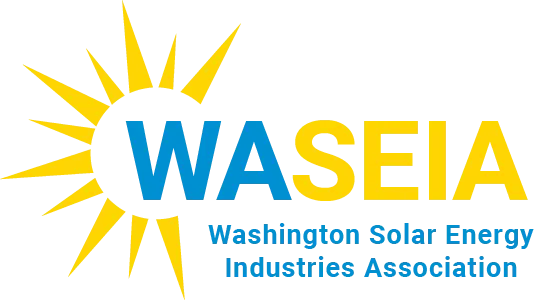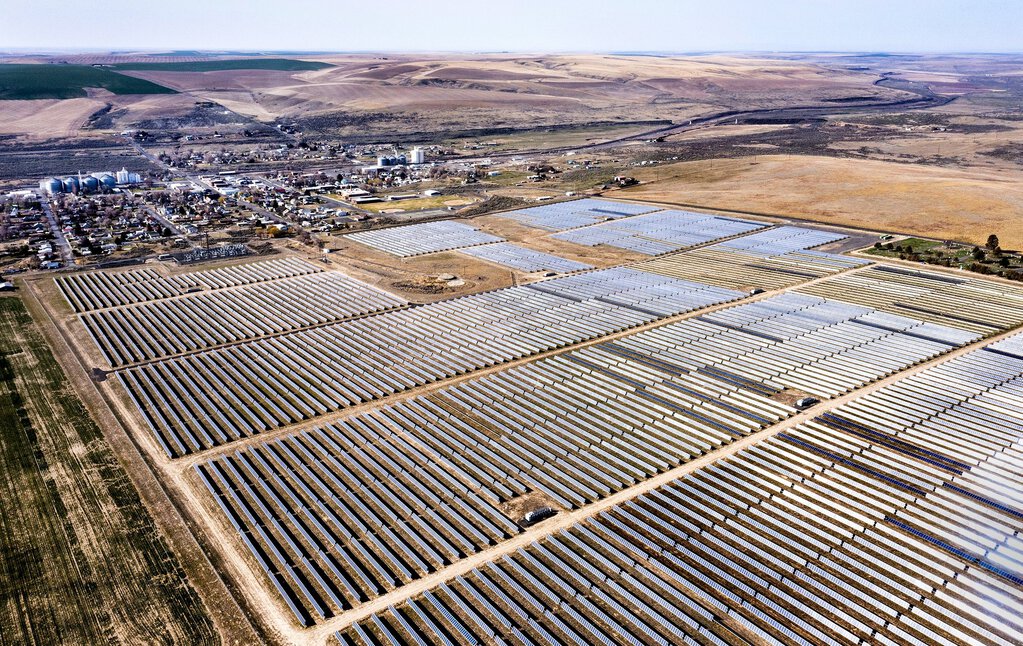
Finding Win-Win Scenarios
In May, 2021, we wrote how some solar installations are not welcomed because of their location. This issue is being revisited during this years Legislative session in HB 1812, Modernizing the energy facility site evaluation council to meet the state’s clean energy goals and in HB1871, Establishing a moratorium on the siting of alternative energy facilities through the energy facility site evaluation council process pending a comprehensive performance report on the effects of the energy independence act and the recommendations of a joint legislative committee.
A Seattle-Times opinion-editorial piece by Dani Madrone, (The American Farmland and Adam Maxwell, (Audubon Washington), discusses some of the emerging solar siting issues that need to be considered as we replace fossil fuels (and even some of our hydropower resources). They note how similar efforts have worked in California when multiple stakeholders were included in siting discussions.
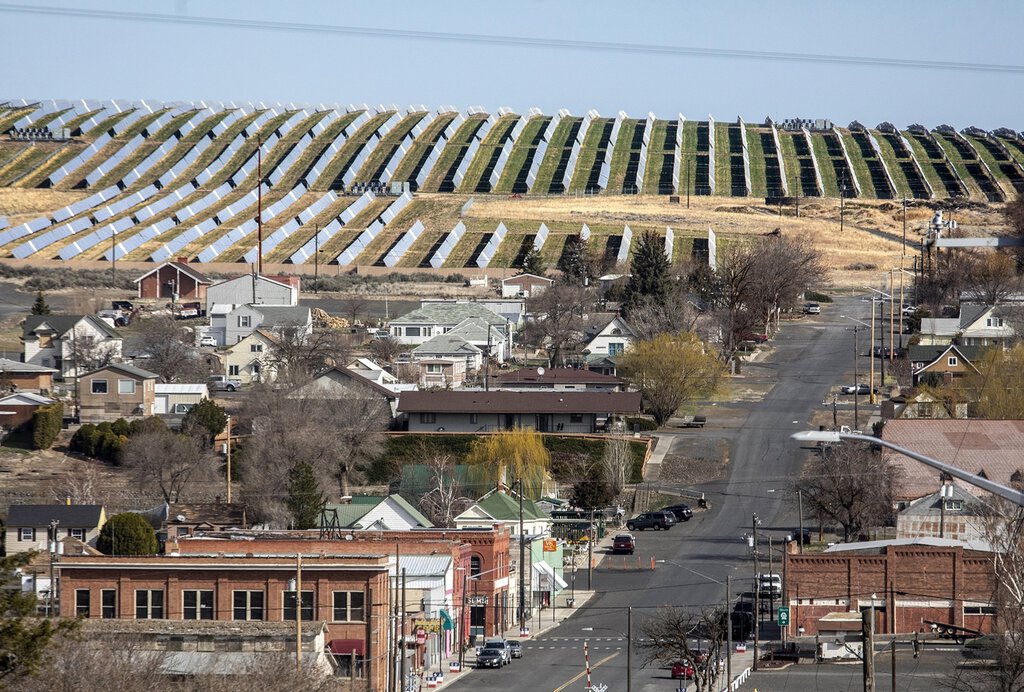
Surprising Conflicts And Alliances
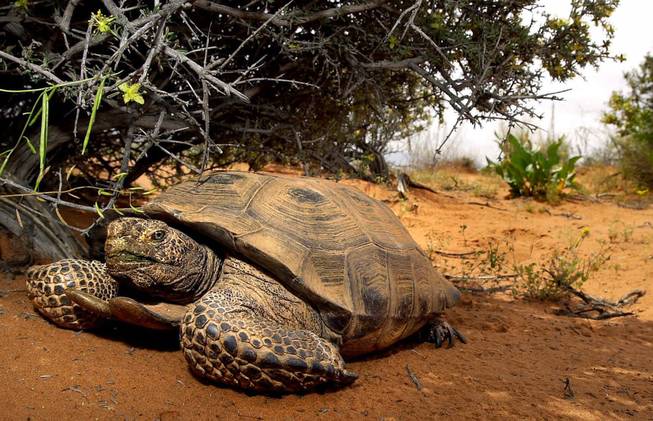
Similar issues have arisen across the US and at times, pitted one environmental group against another as there are inevitably some sort of habitat impacts on virtually any site. These groups are learning that their best intentions to fight against climate change can also be a barrier to other forms of protecting our planets inhabitants. For example, a proposed 690MW (megawatt) Mojave desert solar project, 30 miles outside of Las Vegas has faced criticism because of it’s potential threat to a desert tortoise species.
Compromise
As a result of these emerging siting issues, Washington’s Legislature set aside $500,000 help fund a study with Washington State University, Audubon and the American Farmland Trust, to identify locations where solar farms will cause the least conflict. With 21 proposed solar projects in the pipeline here in Washington, the study will be extremely helpful for land owners, environmental groups, solar developers, financiers and politicians. Unfortunately, the money for the “Least Conflict Solar Siting” study isn’t available until 2023.
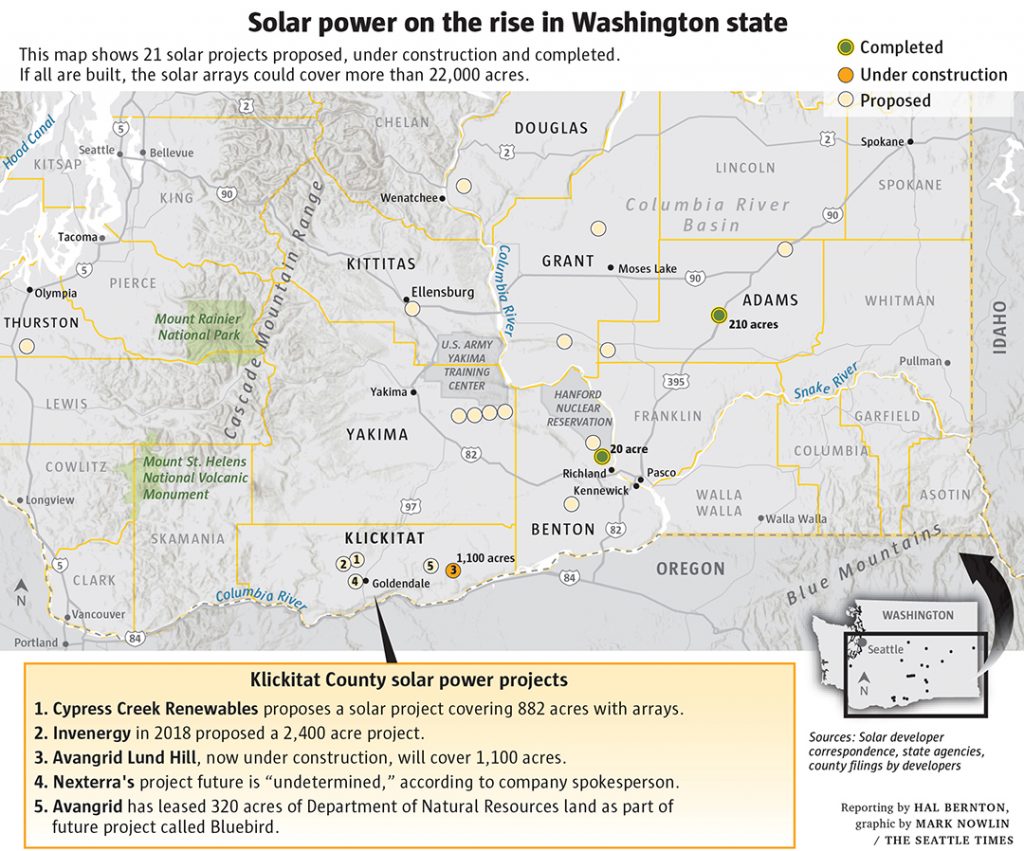
As we move forward with our clean-energy revolution, it’s important to recognize that every action, no matter how well intentioned, comes with a reaction. It’s our job to make the transition thoughtfully and with as little impact to the natural environment as possible.


